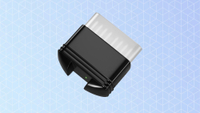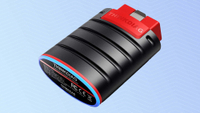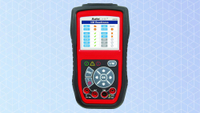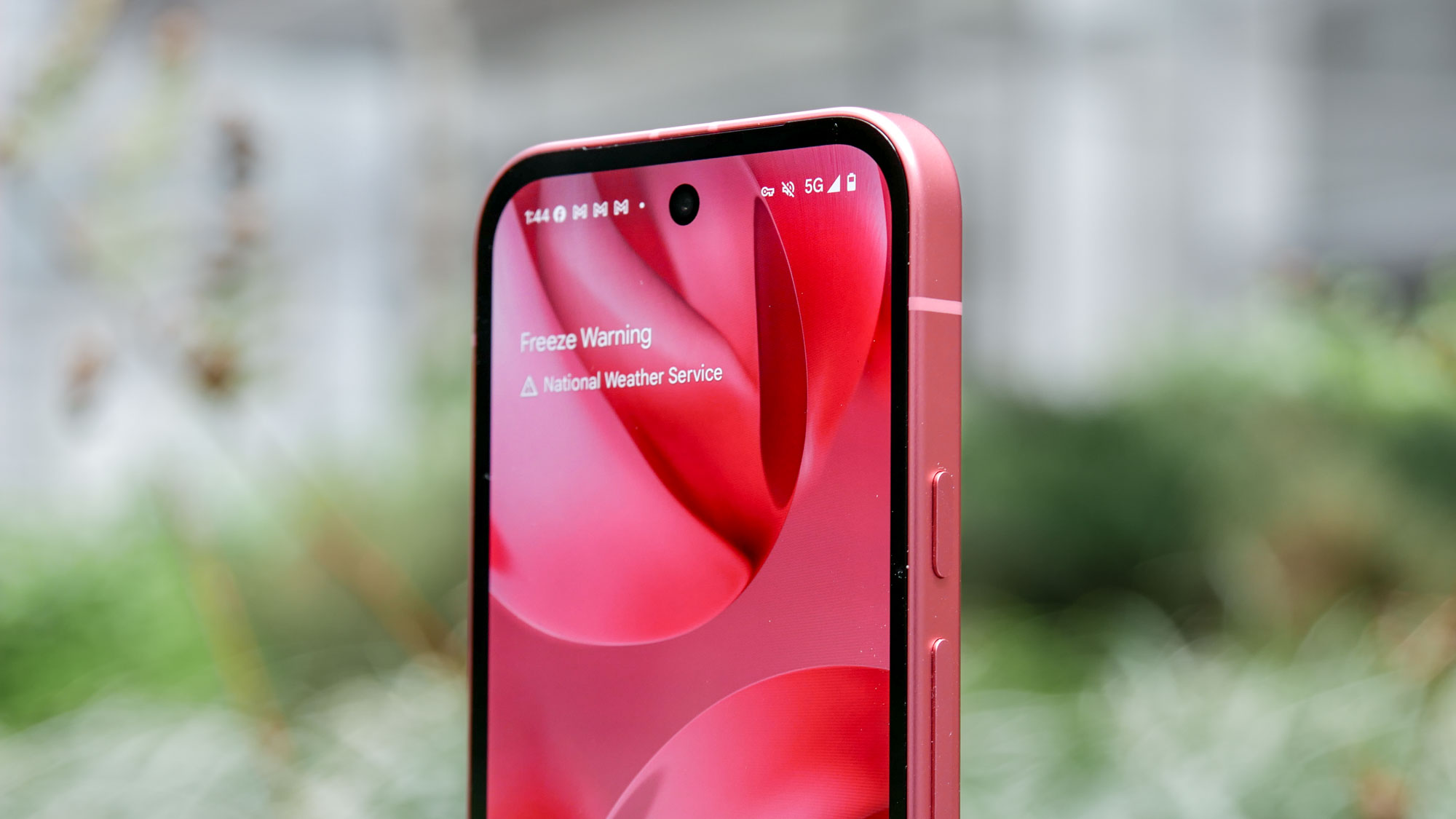The best OBD-II scanners in 2025
Unlock the secrets hiding inside your car with the best OBD-II scanners
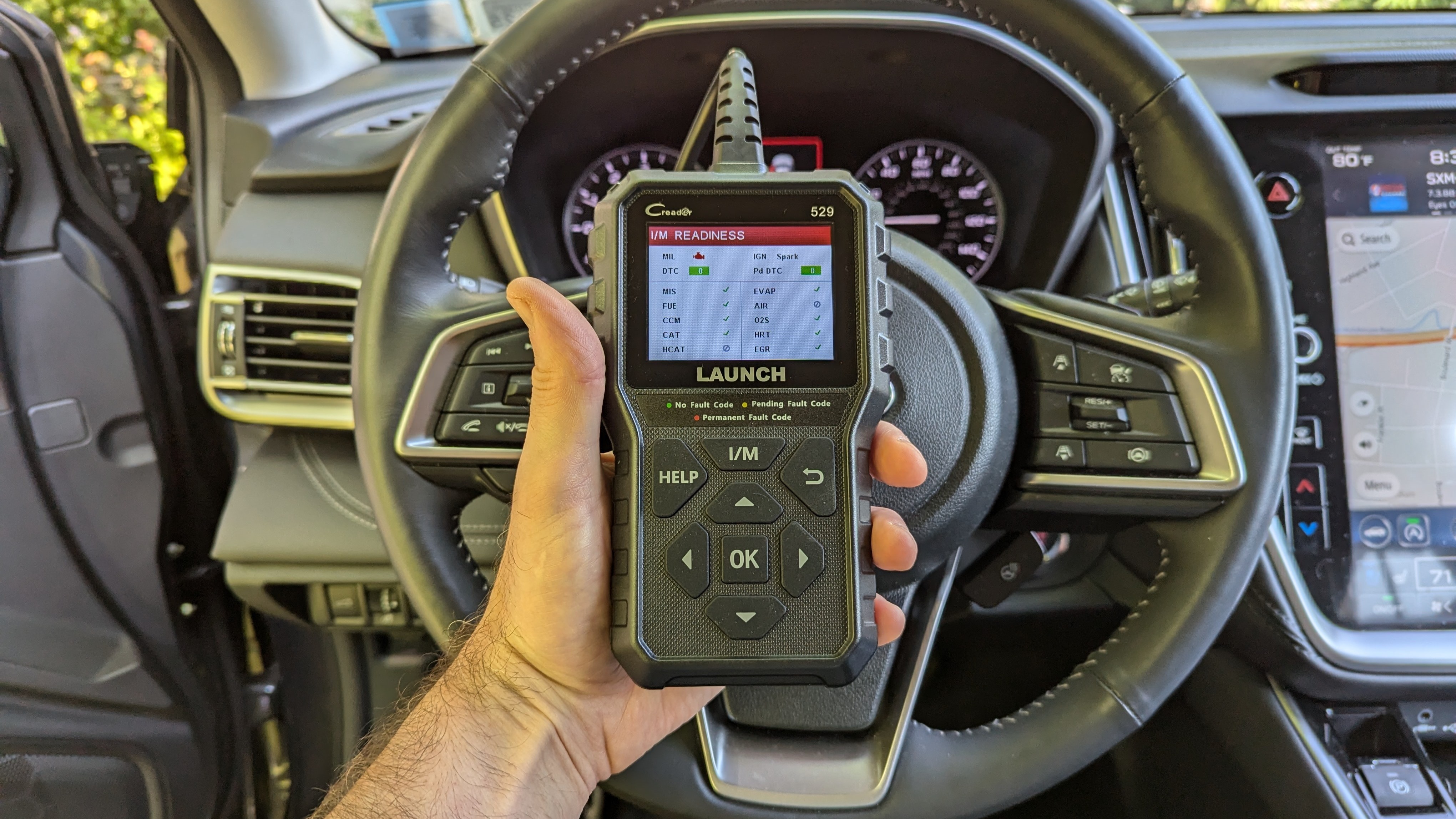
The best OBD-II scanners can unlock the secrets of your car, connecting to the onboard computer and giving you access to the information it contains. Whether there's a problem with the car, or a mysterious light on the dashboard, the computer usually knows what's up. The OBD-II scanner acts as the middle man, letting you diagnose that problem yourself without paying to pay a professional for the privilege.
Not all OBD-II scanners are built equal, and newbies out there will likely be rather intimidated by the prospect. I know, I've been there. Fortunately we've tested all kinds of OBD-II scanners over the years, so we know exactly which ones are worth buying. Plus scroll down to the bottom of this page for a lowdown on how OBD-II scanners work, and what all those error codes mean.
Some of our favorites include the Topdon TopScan, which is completely wireless and deceptively useful for diagnosing problems. Meanwhile the Launch CR529's $40 price tag means it's perfect for those of you on a budget, but if you have the money then the Topdon Phoenix Lite 2 offers something akin to a professional diagnosis experience. Just be prepared to pay $799 for that privilege.
Here are our top picks for the best OBD-II scanners you can buy right now.

Tom is the Tom's Guide UK Phones Editor, covering everything from new hardware to the best mobile apps. He's also an avid electric car enthusiast, and will argue to the death in their defense.
The quick list
Here are the best OBD-II scanners you can buy right now, based on our own hands-on testing. You can scroll down the page to find more in-depth information about each mode, and what makes them so good at what they do.
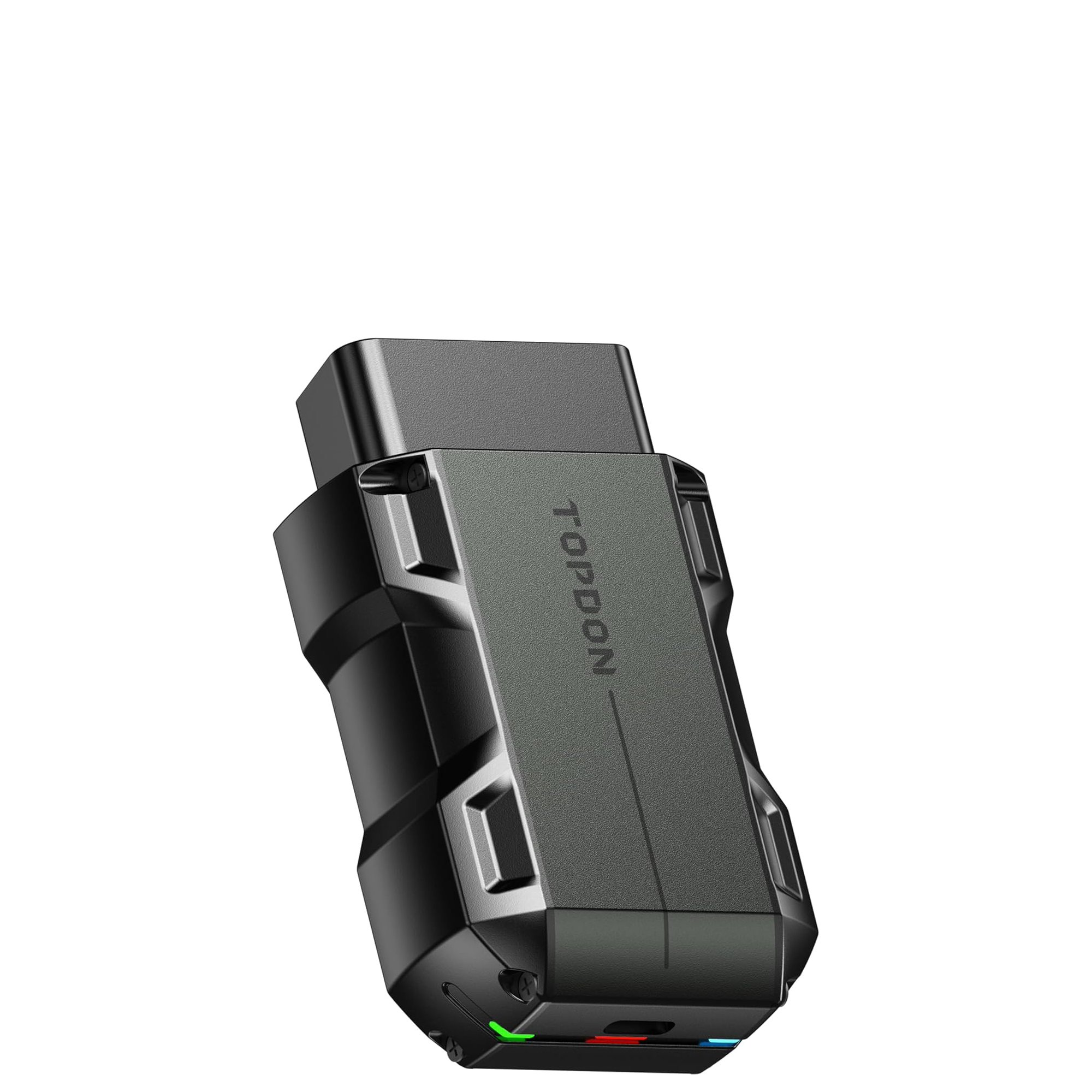
The easiest Bluetooth scanner to set up, based on our testing, while also offering a range of professional-feeling features in a into its compact design. That means you get diagnostics, repair instructions, parts lists and even predictive features to anticipate imminent problems.
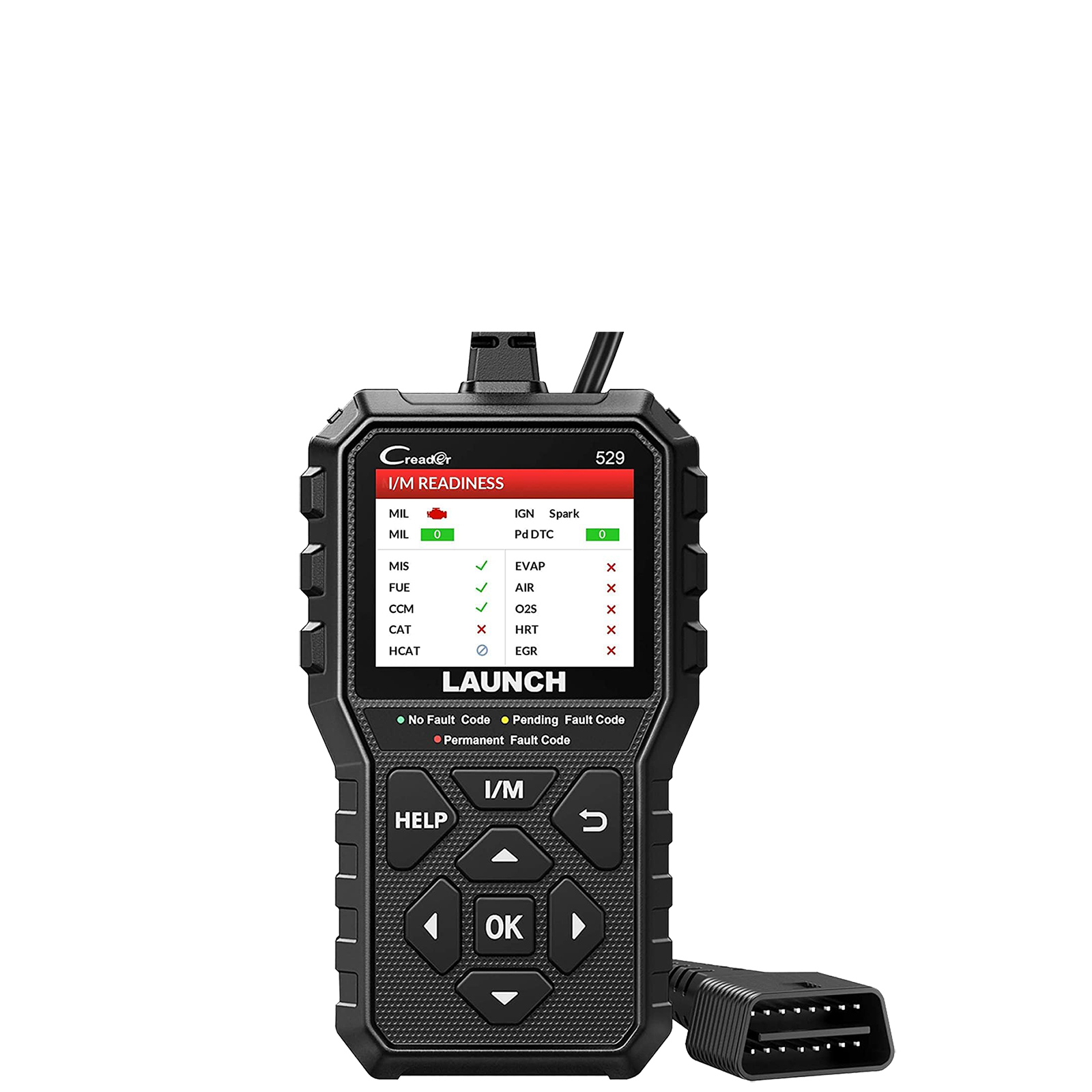
Small and powerful, the Launch CR529 offers all the things you'd want from an OBD-II scanner — and some more high end features you won't find on like-priced rivals. Plus there's lifetime support and upgrades, making this scanner fantastic value for money
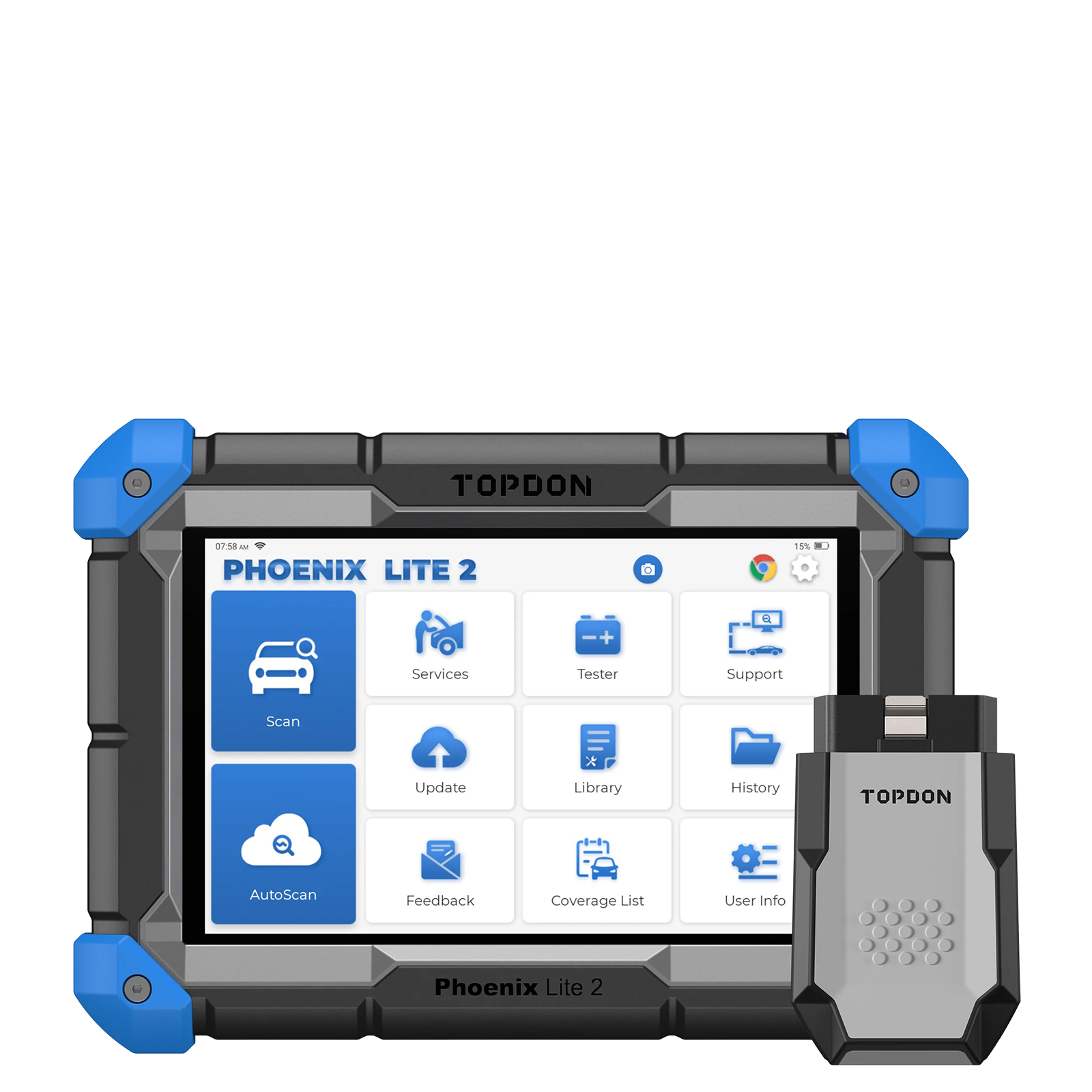
This might as well be a Nintendo Switch for your car's onboard computer thanks to its rugged horizontal case. But its' more that just a sturdy device, since built for professionals as well; as amateur drivers. It's one to consider if you want a powerful scanner than can handle a beating.
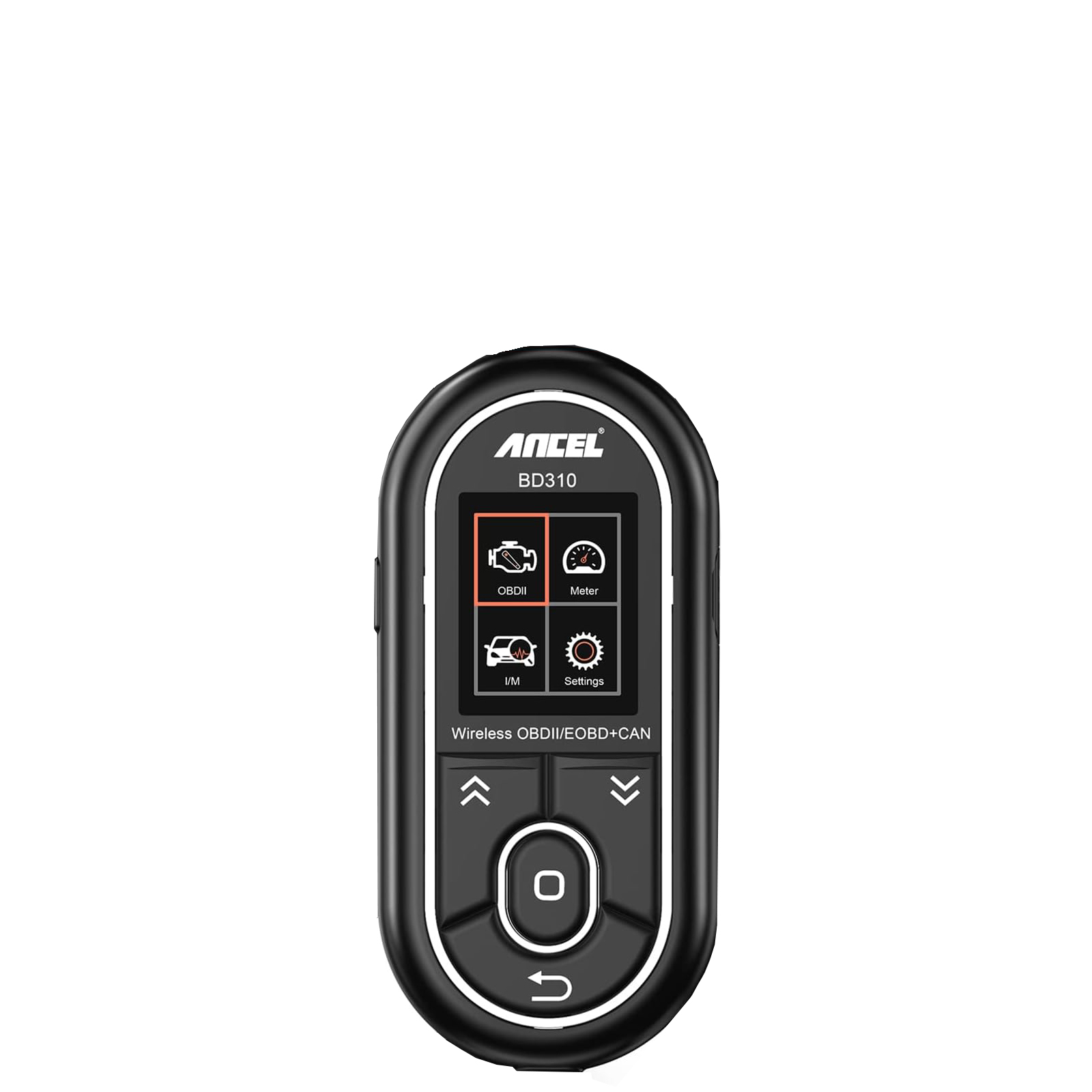
While capable as an OBD-II scanner, the Ancel BD310 can also be used to augment your car's dashboard with a range of engine specs. That's on top of a simple and elegant design, smartphone compatibility, and a very reasonable price tag.
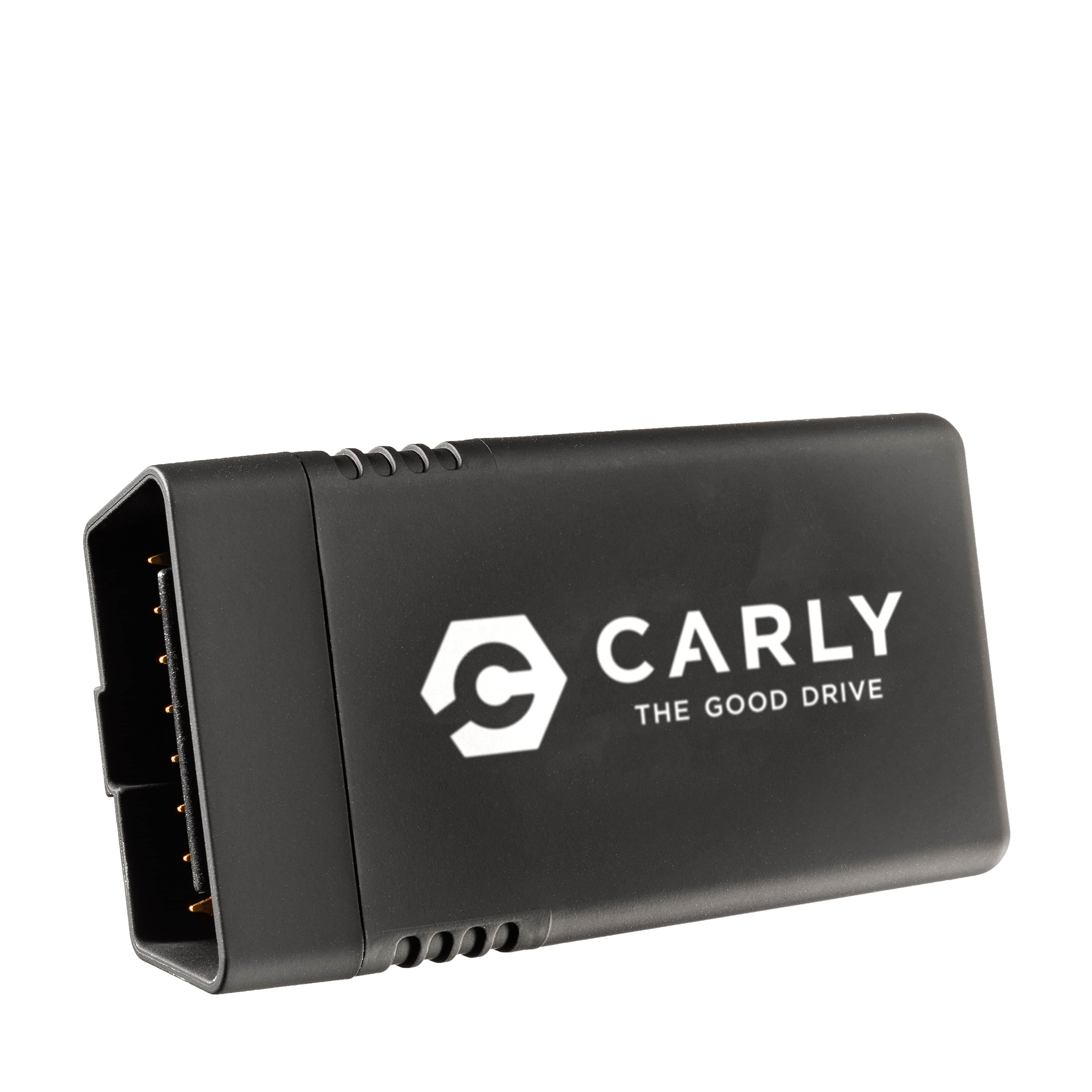
The amount of use you'll get out of the Carly all depends on what kind of car you have, with VW, BMW and Ford cars getting the most out of the basics. Then again the Carly has one of the best companion apps we've ever used with an array of customization options and professional level tests.
What are the best OBD-II scanners?
Why you can trust Tom's Guide
Best mobile OBD-II scanner
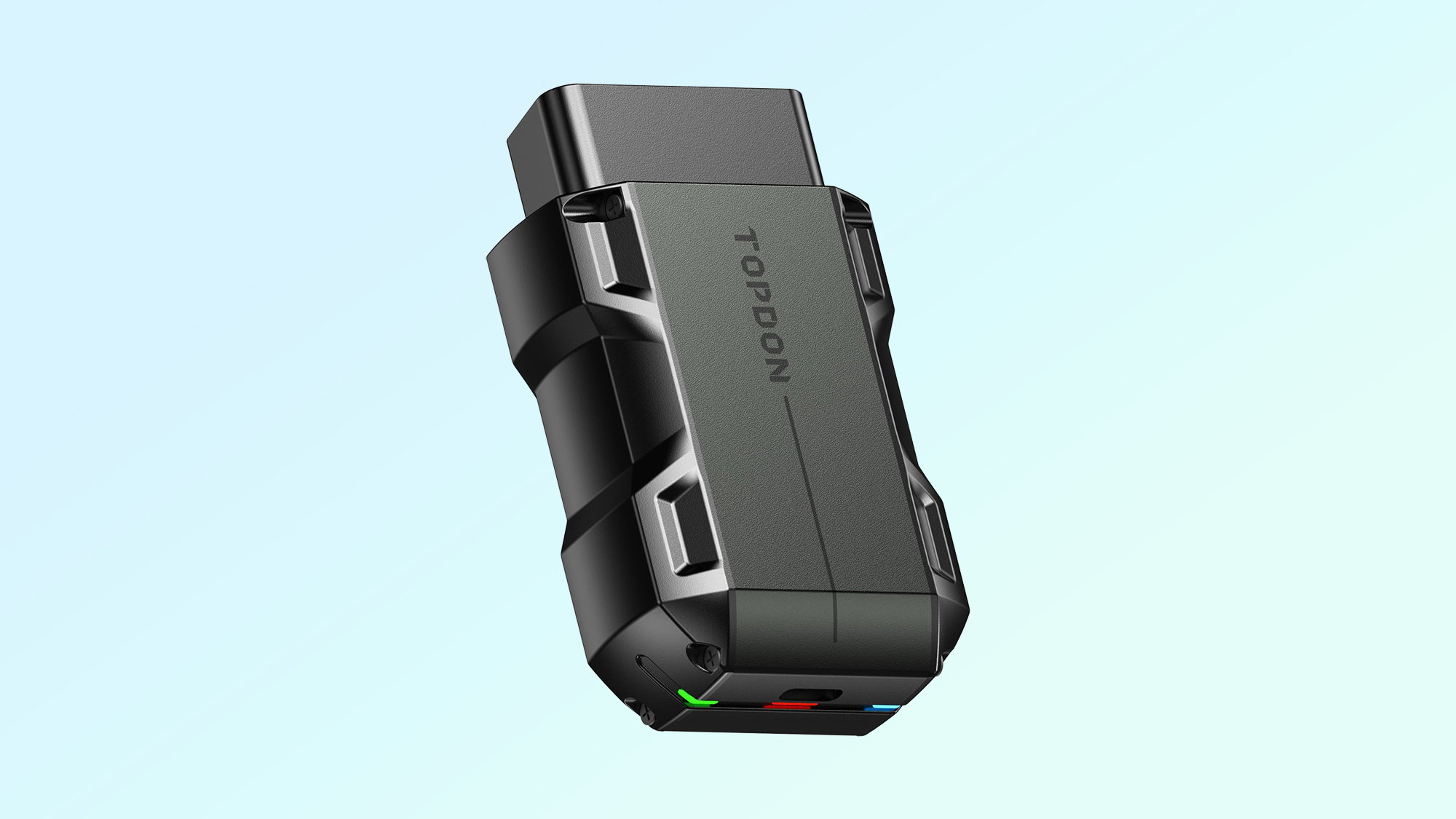

Specifications
Reasons to buy
Reasons to avoid
Yes, I know, the Topdon TopScan doesn't look like much. But believe me there is a lot more to this compact scanner than meets the eye. This isn't just your average Bluetooth OBD-II module, beaming information from your car to the app on your phone. I was thrilled to see that it also goes well beyond the capabilties of rival scanners in its class.
There's more than just the ability to find faults and run I/M Readiness tests. Those may be important things to have, but the TopScan pushes the envelope further with its ability to check performance and efficiency. it can even go so far as to estimate your car's horsepower and torque.
There are OBD-II scanners that cost 10 times more without being able to perform checks like this. So whether you want to fine-tune your car or just make sure it stays roadworthy, this is one of the best things to have in your toolbox.
Read our full Topdon TopScan review
Best cheap OBD-II scanner
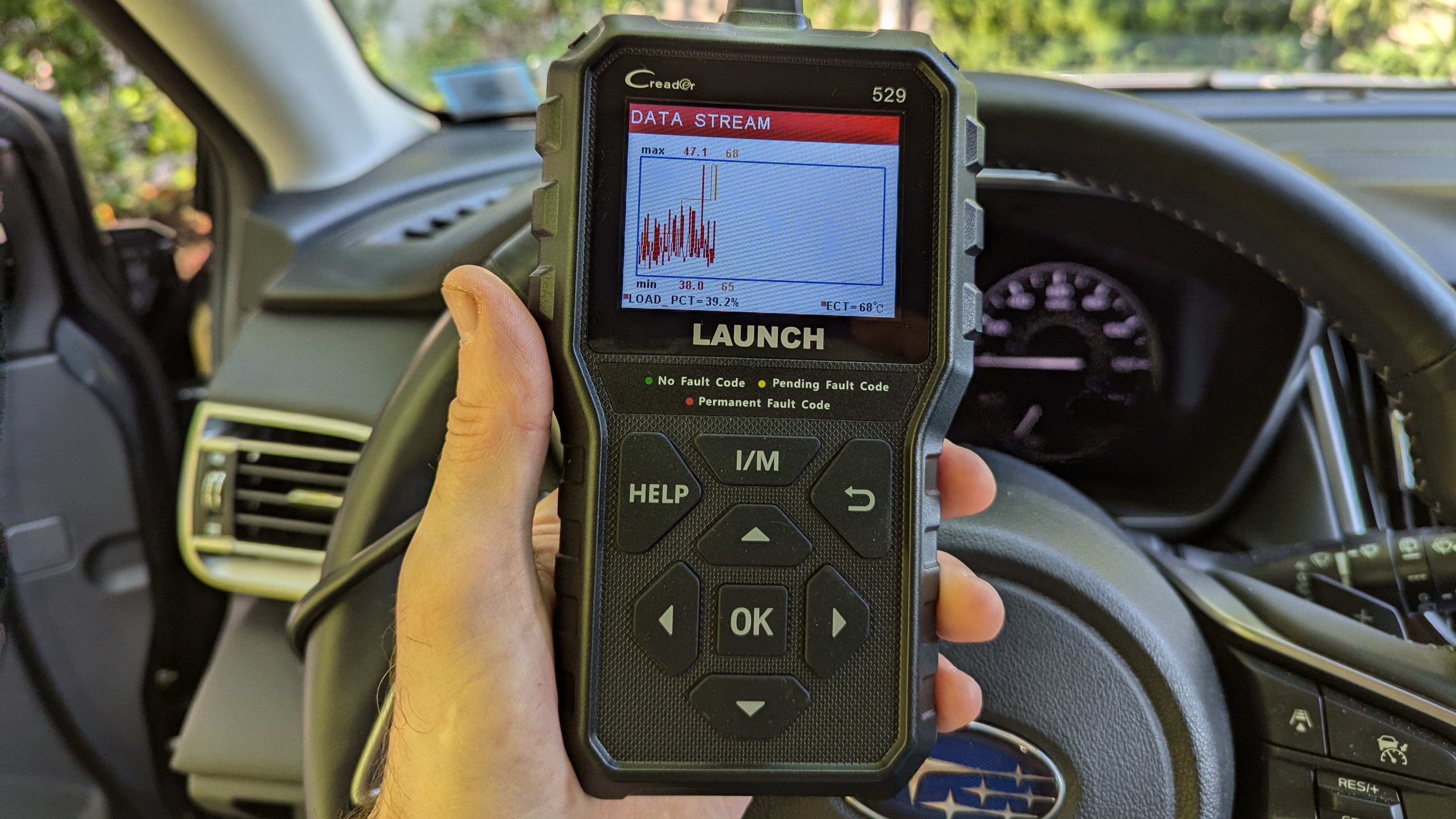

Specifications
Reasons to buy
Reasons to avoid
In my opinion, the Launch CR529 might well be the best value OBD-II scanner available. Not just because of its $38 price tag, but also because of the level of diagnostic features you're able to get for that price. I was not expecting to get quite so much for such a low cost.
There are some compromises you need to contend with for a scanner that's this cheap. Like the fact it can't use car manufacturer's specialty codes or that it felt pretty heavy in my hand. But it does still offer live data, an instant inspection feature and a surprisingly in-depth look at the inner-workings of your car. Better still the lifetime updates mean you should be able to keep using this scanner for quite some time — no subscription necessary.
I'll admit, the CR529 may not be suitable for those of you with a more professionally-minded attitude to cars. But the rest of you? You could do a lot worse than have this in your toolbox.
Read our full Launch CR529 review
Best Pro-level OBD-II scanner
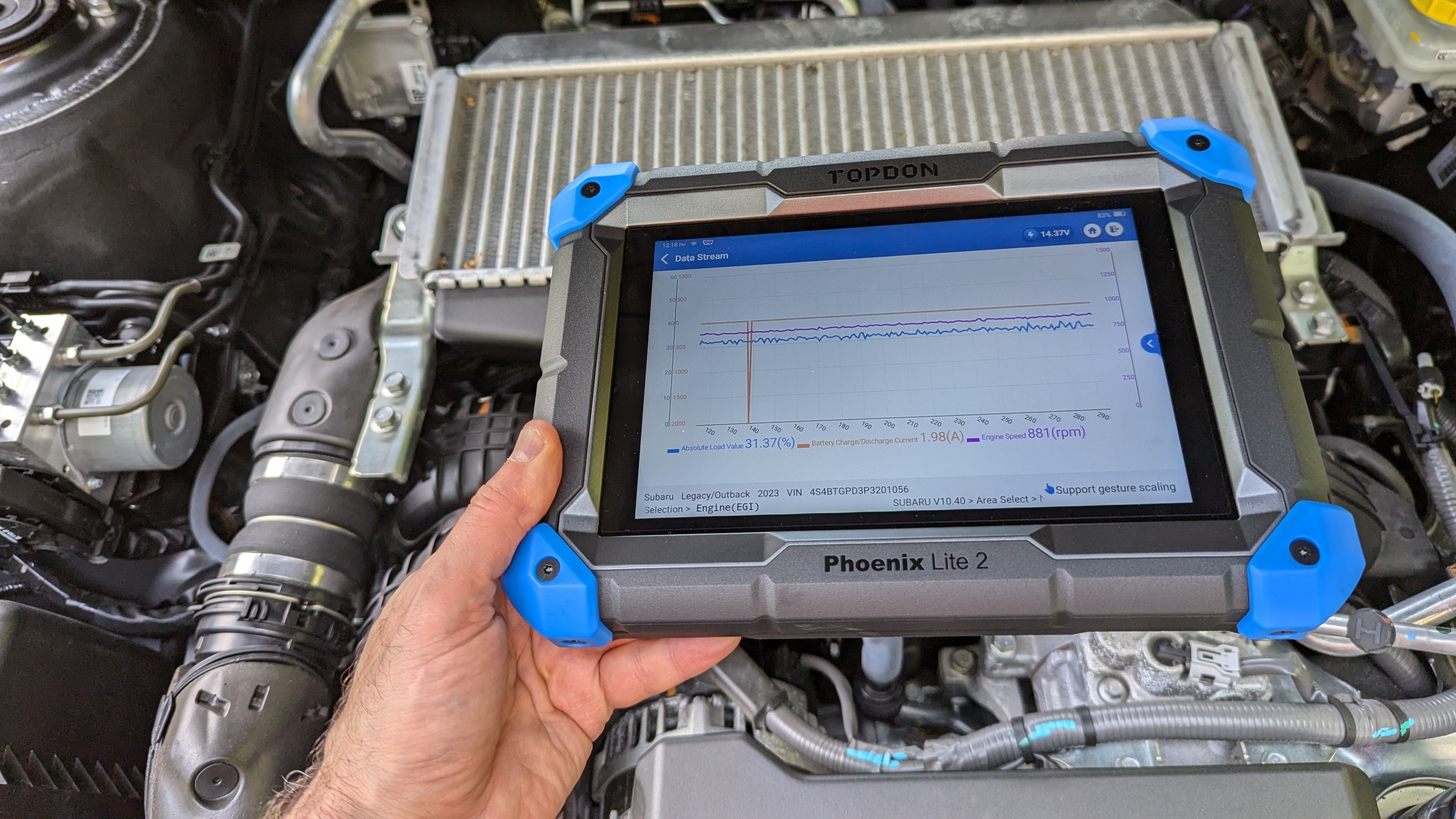

Specifications
Reasons to buy
Reasons to avoid
Topdon's Phoenix Lite 2 scanner is a pricey bit of kit, more than several other perfectly capable OBD-II scanners, but you are getting an awful lot for your money. Least of which is a scanner than is an ideal fit for amateur diagnosticians and professional mechanics alike.
The best part of that The Phoenix Lite 2 is completely wireless, with the control pad connecting to a Bluetooth receiver that plugs into your car's OBD port. That allows unparalleled movement around the car. The scanner itself is bulky and heavy, but it does offer a kickstand and rugged design that should let it survive any workshop environment.
There's also live data graphing, fault information, and a bunch more advanced items that most cheaper scanners can only dream of. Just be aware that you only get 2 years of firmware updates, after which you'll have to pay an extra $495 a year.
Read our full Topdon Phoenix 2 Lite review
Best dual-purpose OBD-II scanner
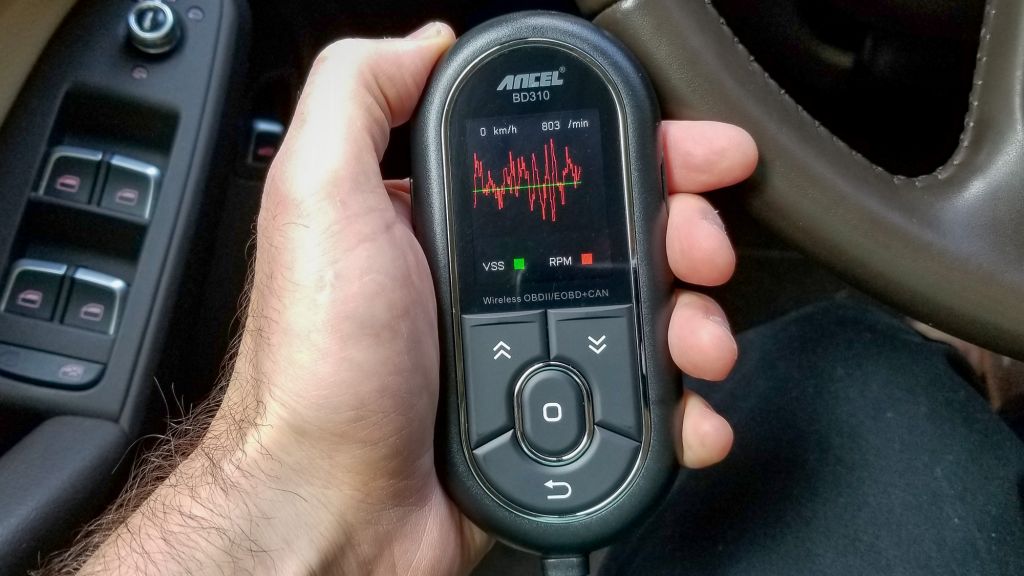
Specifications
Reasons to buy
Reasons to avoid
Ancel's BD310 is a dual-purpose scanner capable of operating as a standard handheld, and when connected to a smartphone via Bluetooth. Better still, it's capable of turning into a secondary display displaying various key engine details inside the cabin.
We found that the BD310 was one of the easiest scanners to keep around, because it's small and light enough to fit inside your glovebox. Granted this means the 2-inch display feels a little small, and we found the four-key interface to be a little awkward, but it didn't get in the way of figuring out how to diagnose your car.
The 56-inch cable is perfect to hanging over the hood while you work, and all BD310 itself is capable of performing action like an I/M inspection-readiness test or divulging performance details — including coolant temperature, engine timing and engine speed.
Read our full Ancel BD310 review.
Best companion app
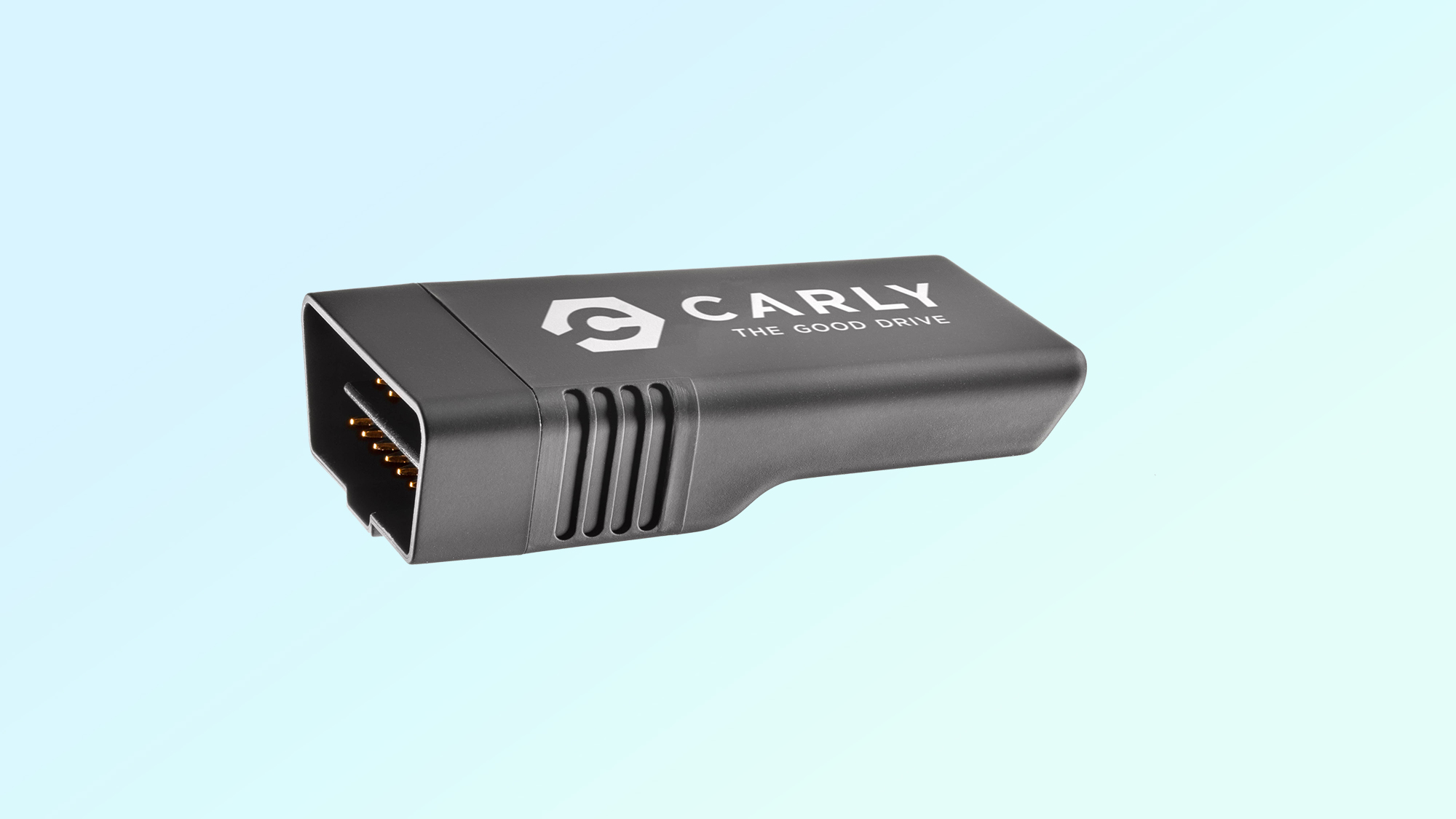
Specifications
Reasons to buy
Reasons to avoid
The Carly OBD Scanner offers a lot of great features for your money, and we were particularly impressed with the quality of the companion app. While some Bluetooth scanners offer a pretty basic app experience, Carly has one of the best apps we've ever used.
Not only is it capable of fixing lights and diagnosing problems, it also features repair help to get your car back on the road, and tools to check that used car you're interested in isn't a lemon. Plus there's lifetime warranty, which is pretty rare but always appreciated.
The downside is that not all of the myriad of features available work with every car model. So you're going to need to check just how compatible your car is before you buy. Likewise, as good as the app is, you have to maintain an active subscription if you want anything more than basic OBD features — which can get pricey if you're not careful.
Read our full Carly OBD scanner review
Other OBD-II Scanners We've Tested
Innova CarScan Mobile 1000 (★★★★☆)
One of the most innovative Bluetooth OBD-II scanners out there, offering the same impressive Innova features like predictive diagnosis. The only major difference is that it's all wireless and running through your phone. Combine this with an incredibly simple set-up process and you have the making of an impressive Bluetooth-only option.
Read the full Innova CarScan Mobile 1000 review
ThinkCar ThinkDiag TKD01 (★★★★☆)
It may be quite large by Bluetooth OBD-II standards, that large makes the TKD01 more or less indestructible. Other benefits include a wealth of manufacturer-specific error codes, and extended fault-codes that can fix minor errors for you — no mechanics required. However you will need to pay a $40 subscription after your first year.
Read our full ThinkCar ThinkDiag TKD01 review.
Autel AutoLink AL539 (★★★☆☆)
This OBD-II scanner is built for diagnosing electrical problems, aided by the built-in multimeter. That means it can spot burnt cables, electric shorts, busted fuses and more. Also included is a huge range of live data, and the ability to run a pre-inspection readiness check.
Read our full Autel AutoLink AL539 review
Frequently asked questions
What is an OBD-II Scanner?
If you've ever wondered how mechanics figure out what the problem is with your car, it's not because they strip the whole thing down and figure it out by hand. Instead they plug a diagnostic scanner into your car's OBD port to access information from the onboard computer.
These OBD-II scanners, at their most basic, are able to read and identify error codes flagged by your car - which has already realized something is wrong. More advanced models are also able to monitor your car's systems in real-time, and in some cases predict where future problems may occur.
What is the OBD-II port?
The On-board Diagnostics Version Two (OBD-II) port is the standard port on almost all passenger vehicles sold in the United States since 1996, in Canada since 1998, in the European Union since 2004, and in Australia, Mexico and New Zealand since 2006.
This port is where you plug into the car and interface with the onboard computer. A variety of devices can be plugged into the OBD-II port including OBD-II scanners, insurance black boxes, and more recently dash cams.
If you're unsure where an OBD-II scanner plugs in, gere's how to find your car's OBD-II port on North American cars. If you're living elsewhere, here's how to find your OBD-II/EOBD port worldwide.)
What is a DTC?
DTC is short for Diagnostic Trouble Code, which is the error code a car's OBD system generates when it spots an issue. These are the codes read by OBD-II scanners that allow the user to figure out what's going on under the hood. There are a lot of standardized DTC codes that are the same across different makes and models of vehicle, though some manufacturers employ their own DTCs that are unique to one or more of their vehicles
What do DTCs actually mean?
If you're unfamiliar with how DTCs are written, then they probably look like complete gibberish - a random selection numbers and letters that mean very little to you. Fortunately there is some logic, which will give you an idea of what errors the car has detected.
The first letter confirms which of the car's main systems is experiencing the issue. Those are the Powertrain (P), Body (B), Chassis (C) and Network (N). The second is a number designating whether this is a generic code (0) or a manufacturer specific code (1).
The third character then identifies exactly which system is experiencing the issue.
- 1 is fuel and air metering
- 2 is an injector circuit specific fuel and air metering code
- 3 is the ignition system or a misfire
- 4 is an auxiliary emissions code
- 5 concerns vehicle speed controls and idle control systems
- 6 is for computer auxiliary outputs
- 7, 8 and 9 are for transmission and gearbox faults
- A, B and C are for hybrid-specific propulsion faults
The fourth and fifth character then confirms the exact fault, and can be any number between 0 and 99.
OBD-II scanners are able to describe what these error codes mean, though more advanced models will be able to give you more information. It may require some time on Google, and as you can imagine there are a lot of possible DTC errors you may encounter. Over 5,000, in fact.
Not all DTCs are critical issues, though. While they will detail major problems experienced by your problem, the error code may just be warning you that the engine temperature is a little too high.
How to choose the best OBD-II scanner for you
If you're looking for insights into how your vehicle is working or what's wrong under the hood, there's no better way than to plug in one of the best OBD-II scanners and read the results.
After all, it's how your car dealer or repair shop would figure out what's wrong with your car when you drive (or are towed) in. Why shouldn't you have the same information? Not all the best OBD-II scanners are created equal. There are two general types of devices.
Handheld OBD-II scanners come with their own screen and cable to plug into the car's OBD port. Wireless OBD2II scanners plug into the port, but then connect via Bluetooth to a smartphone or tablet to display their findings.
Whichever type you choose, there are several high-performance OBD-II scanners that cost less than $200. A couple are less than $30. What's important to remember is that the best OBD-II scanners provide the right mix of size, weight and the ability to read your car's fault codes and live data. The most important criteria are:
- Easy setup. If it takes forever to set up the scanner, you probably won't use it to diagnose a problem early.
- Faults and explanations. The best OBD-II scanners not only tell you the faults your car has but also can explain the meaning so you can either fix it yourself or tell a mechanic.
- I/M Readiness check. A good scanner will run the major engine and emissions tests to see if you'll pass your state's inspection.
- Accuracy. A scanner is worthless if its results aren't accurate, because the only thing worse than no information is incorrect information.
- Size and weight. If the scanner is heavy and bulky, chances are it'll stay in your toolbox and not in the car to help you on the road.
- Live data. By tapping into the car's engine speed, timing and other parameters, the right scanner can help track down an intermittent problem.
- Graphs. Numbers are good, but a visual representation of it is much better, particularly if you're comparing before and after.
- Warranty. You expect your car to last at least eight or 10 years, so why shouldn't your OBD-II scanner? That said, the best offer a lifetime warranty that should outlast your ride.
There's a gas tank full of criteria used to determine which OBD scanner is the best one for you. The most important is whether you want one that connects with your phone or tablet's screen over Bluetooth or a handheld unit with its own display and cable.
Next, think about longevity and get one that includes lifetime warranty or software updates so the scanner will stay current with changing automotive tech.
Then, how about screen size for a handheld scanner? Get the biggest, brightest and easiest display to read that is icon based for easy changes. If you're clumsy, look at rugged scanners with rubber bumpers to absorb the shock of being dropped.
Look for extras that are included on some models, like an electrical multimeter, the ability to read a manufacturer's proprietary codes or export documents as Acrobat PDF files.
Finally, the price for these sophisticated devices is right on par with professional-level scanners that are available for under $100. That's barely an hour's labor for a qualified mechanic, making it a win-win purchase.
How we test OBD-II scanners
To test the best OBD2 scanners, I used my 2014 Audi A4 Allroad vehicle while it was in the garage or on the road over a period of several weeks. After connecting each scanner to my car's OBD-II port, I made sure they could report the car's vehicle identification number (VIN).
For the wireless scanners, I connected to my Apple iPad Pro, Microsoft Surface or Samsung Galaxy S9+ phone via a Bluetooth or Wi-Fi connection. The handheld scanners only needed to be plugged into the OBD-II port, which provides power.
Next, I measured the cord's length on the handheld scanners and the wireless range on the others. With the car running, I monitored the engine and other vital systems, and then disconnected the engine's oil temperature sensor.
Finally, I checked the details provided by the scanner, fixed the problem, turned off the check engine light and erased the error code.
Then I hit the road to see if the scanner could display operating data such as engine speed, timing and coolant temperature. I paid attention to whether the device reported the data as numbers, graphs or auto-style gauges.
Regardless of which OBD-II scanner you use, you'll need to crack its code. All fault codes have four numbers and a letter prefix:
- Powertrain (P)
- Body (B)
- Chassis (C)
- Undefined (U)
Of the roughly 5,000 diagnostic fault codes available, some are generic and apply to all cars, like air temperature and throttle position. For these, the numeric section starts with a 0. Others are specific to individual carmakers and represent either a special piece of hardware or a more in-depth analysis of the problem. These start with a 1.
For instance, if you get a P0098 code, chances are there's something wrong with the engine's intake air temperature sensor. By contrast, a Ford that displays a P1112 specialty fault code means that the intake air temperature sensor is reporting values intermittently and should be replaced.
More from Tom's Guide
Sign up to get the BEST of Tom's Guide direct to your inbox.
Get instant access to breaking news, the hottest reviews, great deals and helpful tips.

Tom is the Tom's Guide's UK Phones Editor, tackling the latest smartphone news and vocally expressing his opinions about upcoming features or changes. It's long way from his days as editor of Gizmodo UK, when pretty much everything was on the table. He’s usually found trying to squeeze another giant Lego set onto the shelf, draining very large cups of coffee, or complaining about how terrible his Smart TV is.
